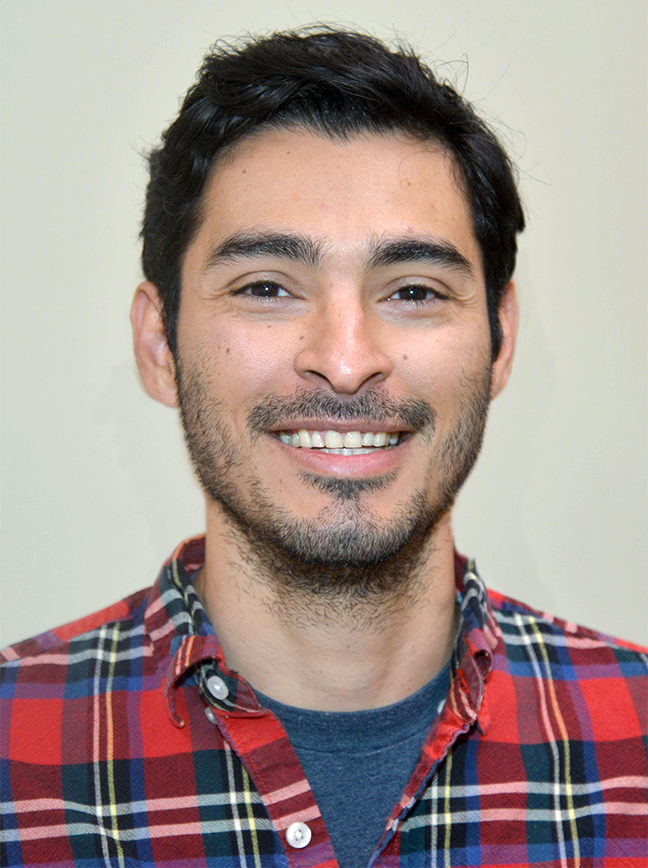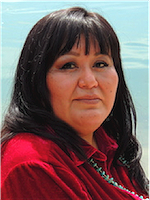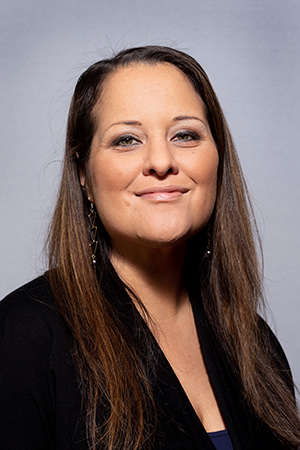Illuminating the Past: Mathematics as a Tool of Assimilation in Native American Boarding Schools
Grant to Study the Role of Mathematics as Assimilation Tool
American Indian boarding schools (IBS) have been in the national spotlight as the U.S. continues to reckon with its history of racism, including forced assimilation through education. The U.S. established and operated dozens of off-reservation boarding schools from the late 1800s through the 20th century. According to Capt. Richard H. Pratt, the founder of the Carlisle Indian Industrial School, the goal of these institutions was simple: “kill the Indian, and save the man.”
Previous research has documented how IBS were designed to assimilate children into white American society. Some methods used to achieve this goal include separating children from their families and communities, replacing Indigenous languages, religious conversion, and gendered labor/training (Lomawaima, 2004). Previous studies have focused on the boarding school experience and curriculum, policies, and practices that promoted assimilationist goals. Additionally, recent scholarship is exploring the intergenerational impact of IBS on Indigenous communities today.
However, no research has examined the mathematics curriculum in Indian boarding schools and how it was used to enforce U.S. citizenship and values. The main research question guiding this project is: How did the mathematics curriculum in Indian boarding schools during 1879-1932 promote federal assimilationist goals? This period is significant because it covers the beginning of the boarding school program and the Land Allotment and Assimilation era in United States history. Exposing the powerful undercurrents of assimilation, colonization, and white supremacy running through the history of mathematics education has theoretical and practical implications for future research on culturally sustaining pedagogies in mathematics education.
Reference: Lomawaima, T. (2004). Educating Native Americans. In J. Banks & C. A. Banks (Eds.), Handbook of research on multicultural education (pp. 441–461).




Jose Francisco Guitterez Cynthia Benally Kehaulani Natsuko Vaughn Charles Sepulveda
Principal Investigator Co-Investigator Co-Investigator Co-Investigator
